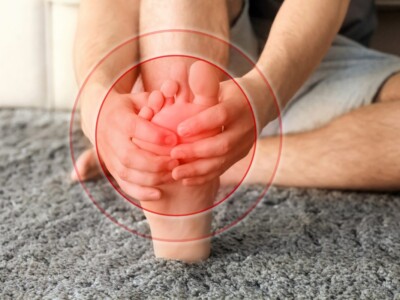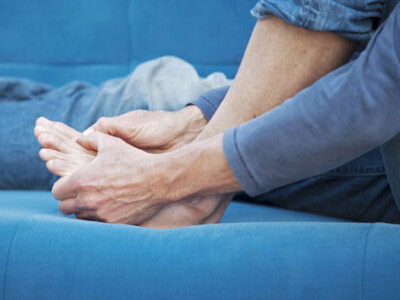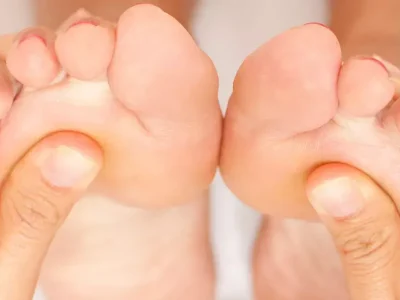Rheumatoid Arthritis
Rheumatoid arthritis is a chronic inflammatory disease where a faulty immune system attacks the tissue that lines and cushions the joints, leaving them swollen, painful and stiff. RA tends to affect the smaller joints such as the fingers and toes first, so the feet are often one of the first places to be affected. Symptoms usually strike the toes first and may then affect the back of the feet and the ankles. The joints may enlarge and even freeze in one position so they can’t extend fully.
Women are much more prone than men to developing RA, although anyone can contract the disease. It also tends to affect people over the age of 40.
Advice on shoes/orthotics to help Rheumatoid Arthritis?
Your podiatrist will help you find shoes that are roomy enough to accommodate your feet without adding unnecessary pressure. If your toes are beginning to stiffen or curl, for example, it’s important for you to wear a shoe with an extra deep toe box. Orthotics can also be designed to fit in the shoe to help with offloading excess pressure from affected joints.
Secondary Problems
Any secondary problems such as ulcers and corns that have been caused by foot deformities can also be treated. It is important not to allow any sore areas of the foot to go untreated. Regular appointments may be required.
Surgery for Rheumatoid
Surgery can correct any bunions and hammertoes caused by RA. If your joint cartilage has been completely destroyed and the joints in your foot have been dislocated to the extent that it’s extremely painful to walk, they can be fused together (a process known as arthrodesis). This involves removing the joint cartilage (the substance that allows the bones to glide over each other). The bones are then held together with screws, plates or a rod. The bones eventually merge into one solid bone. Although this results in a loss of movement in that particular joint, it can reduce pain.
Book a Podiatry Appointment
OTHER CONDITIONS WE TREAT
What our clients say









